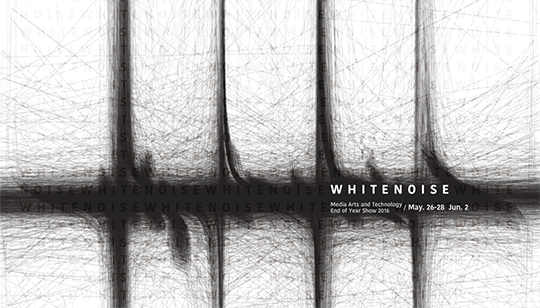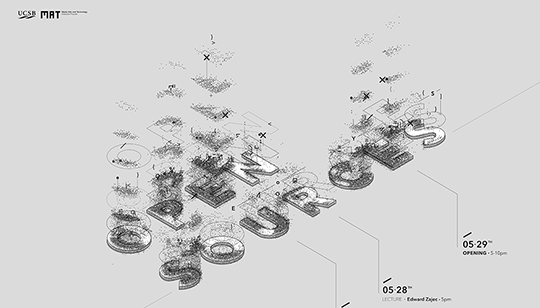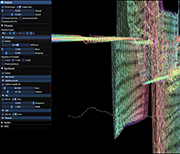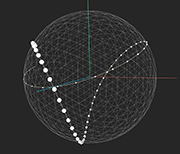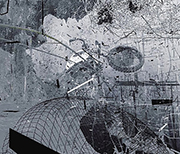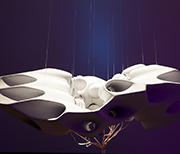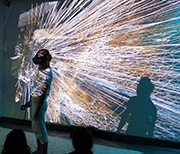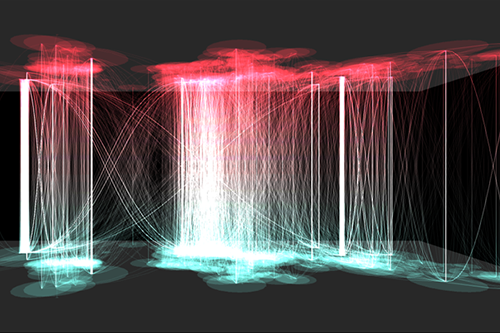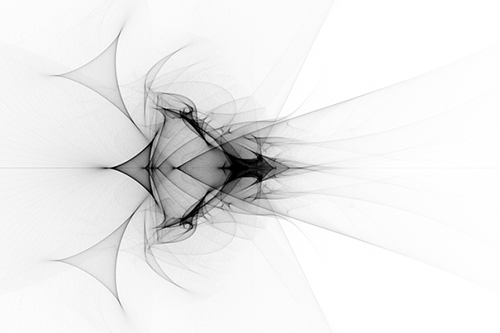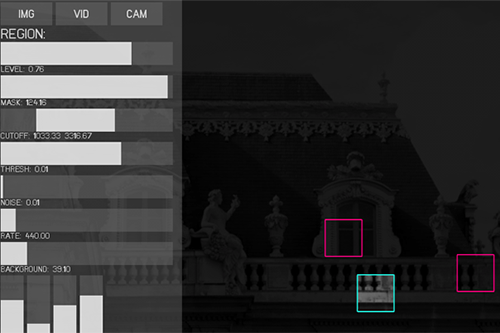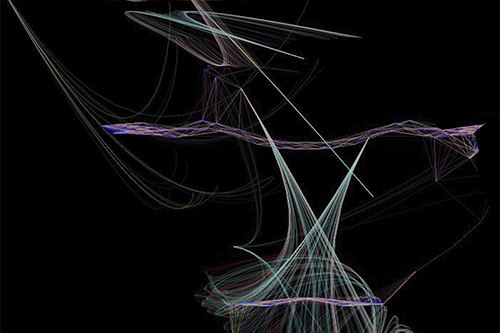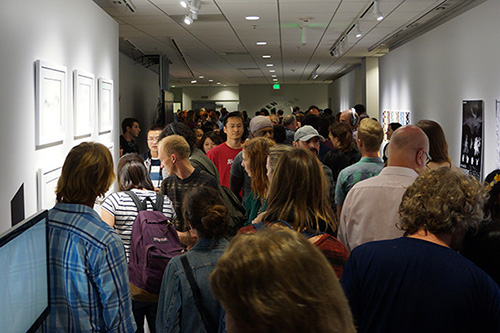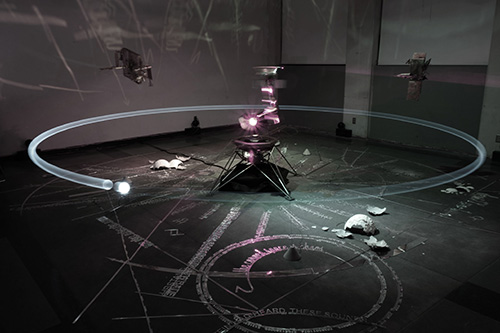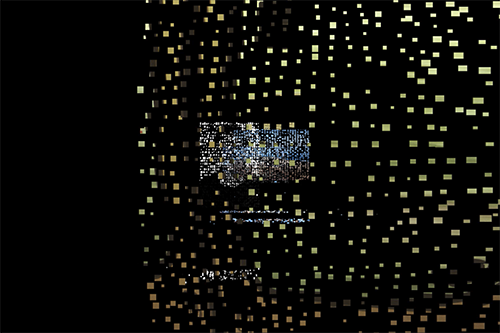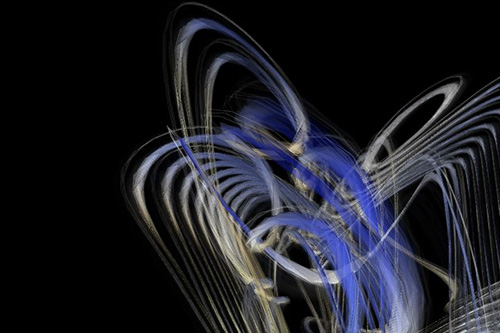Abstract
This thesis investigates how musical compositional thinking can be translated into immersive audiovisual environments, focusing on cross-platform strategies applicable to both VR and the AlloSphere. Using The Golden Boy as a large-scale case study, the research examines how techniques such as theme-and-variation, gestural development, timbral transformation, and spatial counterpoint can function as the structural foundations of immersive visual music. The project further tests whether the GRAIN and SCOPE diagrams, originally developed for two-dimensional audiovisual analysis, can operate as practical compositional and analytical tools in multidimensional spatial media.
The work was implemented and evaluated across two contrasting platforms: the Apple Vision Pro (VR) and the three-story AlloSphere, whose 26-projector, 60-speaker infrastructure introduces unique constraints of scale, stereoscopy, and spatial audio. Technical and perceptual testing revealed how architectural form, viewing position, stereoscopic thresholds, and multi-channel spatialization significantly reshape the behavior of abstract audiovisual material. These findings suggest that musical ideas such as fragmentation, temporal acceleration and deceleration (accelerando/ritardando), gestural articulation, and textural development require re-interpretation when translated into immersive space, where depth, motion, and scale function as primary formal parameters.
The thesis proposes a composition-based, cross-platform framework for immersive visual music that integrates musical structure with spatialized image–sound relationships. The outcomes contribute to immersive media, visual music, and transdisciplinary composition by offering a musically informed methodology capable of maintaining coherence across heterogeneous immersive environments.

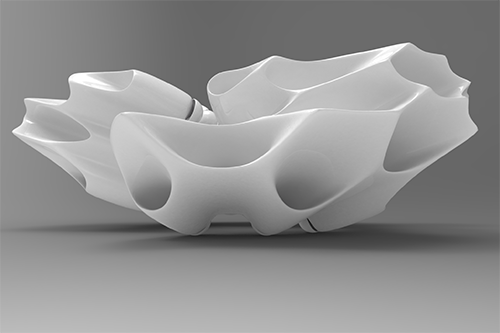

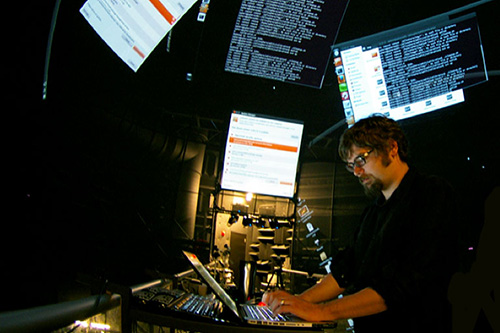

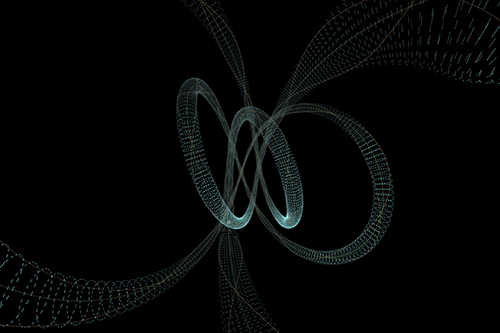
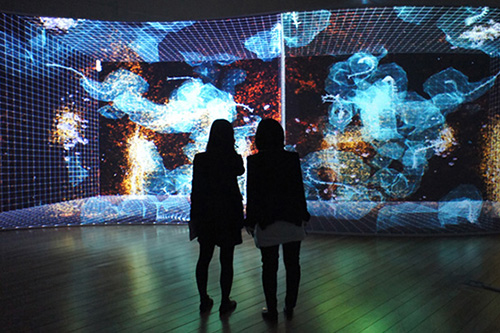
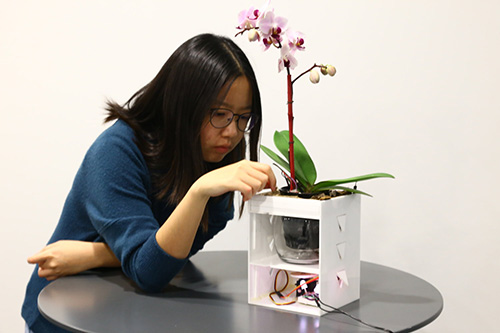
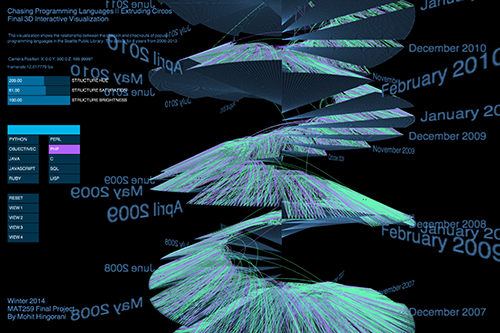
 Deniz Çağlarcan, a MAT MSc student and Music PhD student, has won the prestigious PRIX CIME 2025 International Electroacoustic Music Competition.
Deniz Çağlarcan, a MAT MSc student and Music PhD student, has won the prestigious PRIX CIME 2025 International Electroacoustic Music Competition.

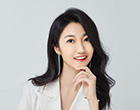 Congrats to MAT PhD student Anna Borou Yu, who received the Best Interactive Art Award at the ACM Multimedia International Conference in Dublin, Ireland last week.
Congrats to MAT PhD student Anna Borou Yu, who received the Best Interactive Art Award at the ACM Multimedia International Conference in Dublin, Ireland last week.

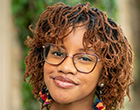 Congratulations to Payton Croskey, who recently received one of the 2025 Graduate Research Fellowships from the National Science Foundation.
Congratulations to Payton Croskey, who recently received one of the 2025 Graduate Research Fellowships from the National Science Foundation.

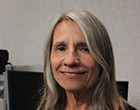 Professor Kuchera-Morin has received a 2025 Art Award by The Museum of Contemporary Art Santa Barbara. The awards ceremony took place on July 13, 2025 at MCASB in downtown Santa Barbara.
Professor Kuchera-Morin has received a 2025 Art Award by The Museum of Contemporary Art Santa Barbara. The awards ceremony took place on July 13, 2025 at MCASB in downtown Santa Barbara.
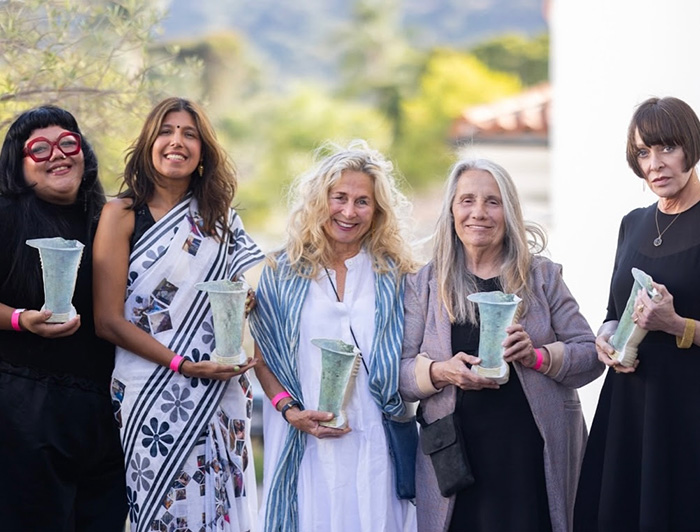

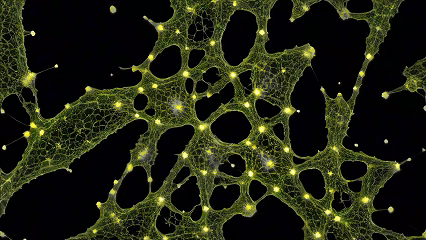 An AI driven audio-visual system developed by MAT PhD students Iason Paterakis and Nefeli Manoudaki has been featured in the Santa Barbara Independent newspaper and the UCSB Current magazine. The system was developed to help researchers cope with the difficulties of working in remote, extreme environments.
An AI driven audio-visual system developed by MAT PhD students Iason Paterakis and Nefeli Manoudaki has been featured in the Santa Barbara Independent newspaper and the UCSB Current magazine. The system was developed to help researchers cope with the difficulties of working in remote, extreme environments.

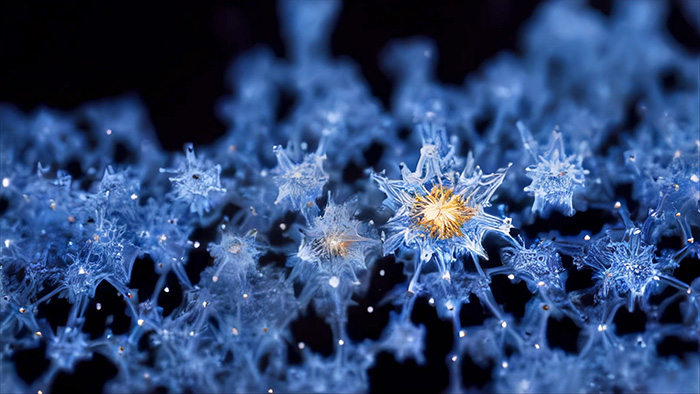
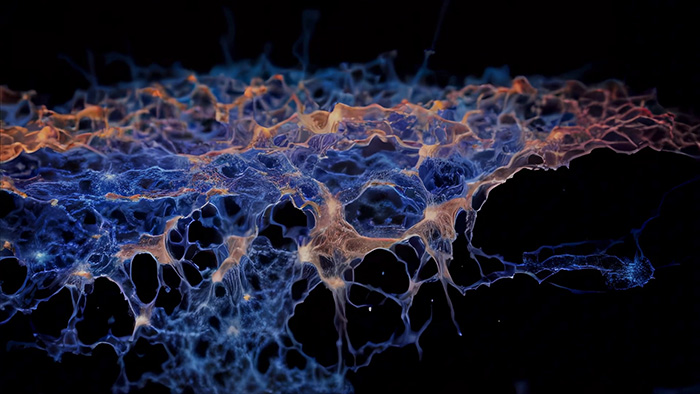
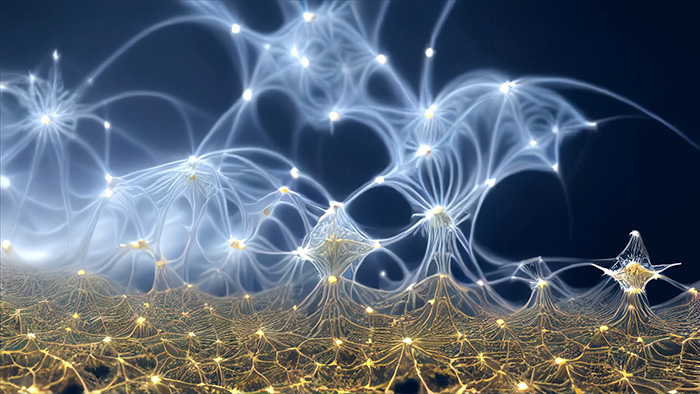
 MAT Professor Jennifer Jacobs has been awarded the NSF CAREER Award to conduct research in Dynamic Control Systems for Manual-Computational Fabrication.
MAT Professor Jennifer Jacobs has been awarded the NSF CAREER Award to conduct research in Dynamic Control Systems for Manual-Computational Fabrication.

